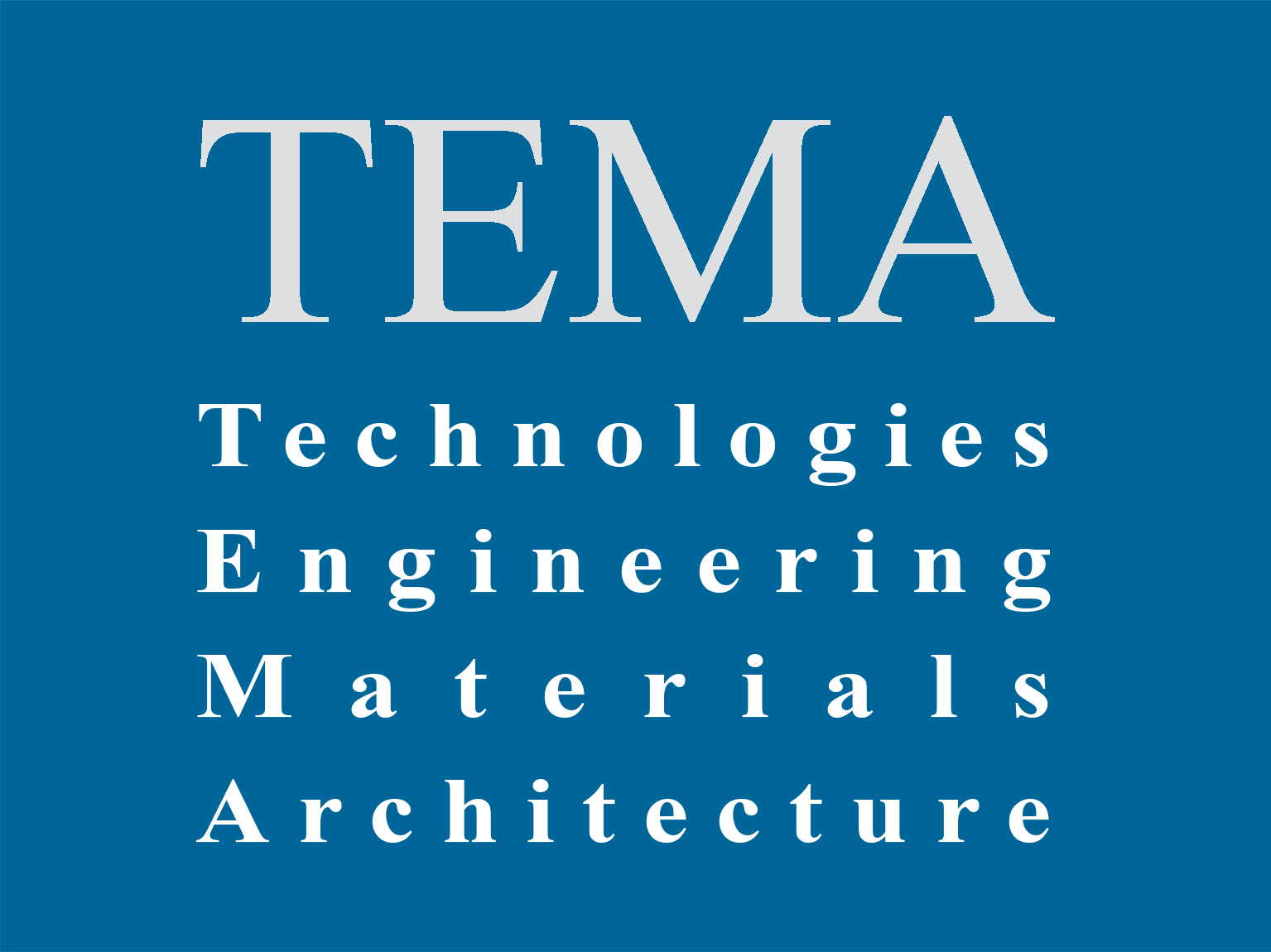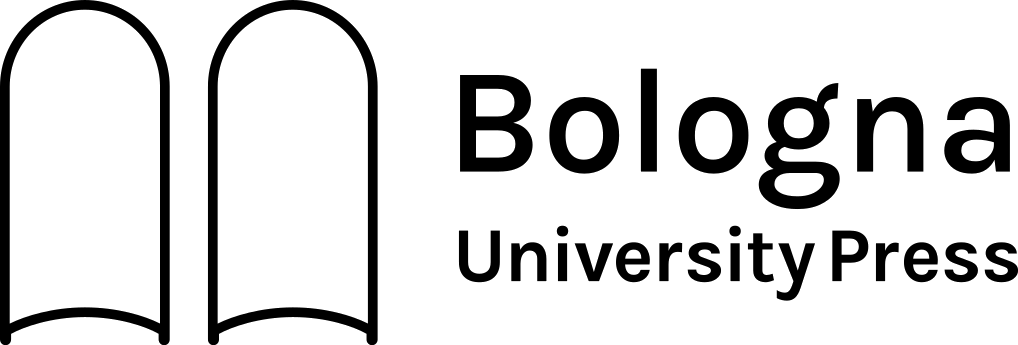Abstract
In the XX century, Italian architects experimented with the use of new European construction vanguards: concrete and steel materials for building frames, new cladding systems, and many other technologies for structures and envelopes. However, while other countries have imposed heavy economic sanctions on Italy, the Italian Government adopted an economic protection protocol to improve protectionist policies of self-production. This situation has led to the optimization of national resources and the creation of experimental models of architecture, often beyond the “limits of physics”. Villa Girasole in Marcellise (Verona, Italy) by Angelo Invernizzi is a current example of this innovation process, which has enhanced knowledge about construction techniques, domotics, and building energy systems. Villa Girasole has been described as a masterpiece of Italian Rationalism and Futurism architecture. In fact, the building can turn on itself with a revolving and circular rails system (as aeronautical engineering systems). With this movement, the building can follow the daily and seasonal orientation of the sun, improving the building’s energy performance. Moreover, the building adopted a futuristic cladding system (Alumàn), many insulating Italian materials (Eraclit), and important building systems like concrete framework (with Vierendeel beams) and steel frames. The construction and typological analysis of this masterpiece represent a necessary condition to improve the knowledge of the contemporary design process. In fact, from the heritage experience, the architects can design new building systems that follow the requirements of environmental sustainability and energy saving, with domotics systems and new building materials.









